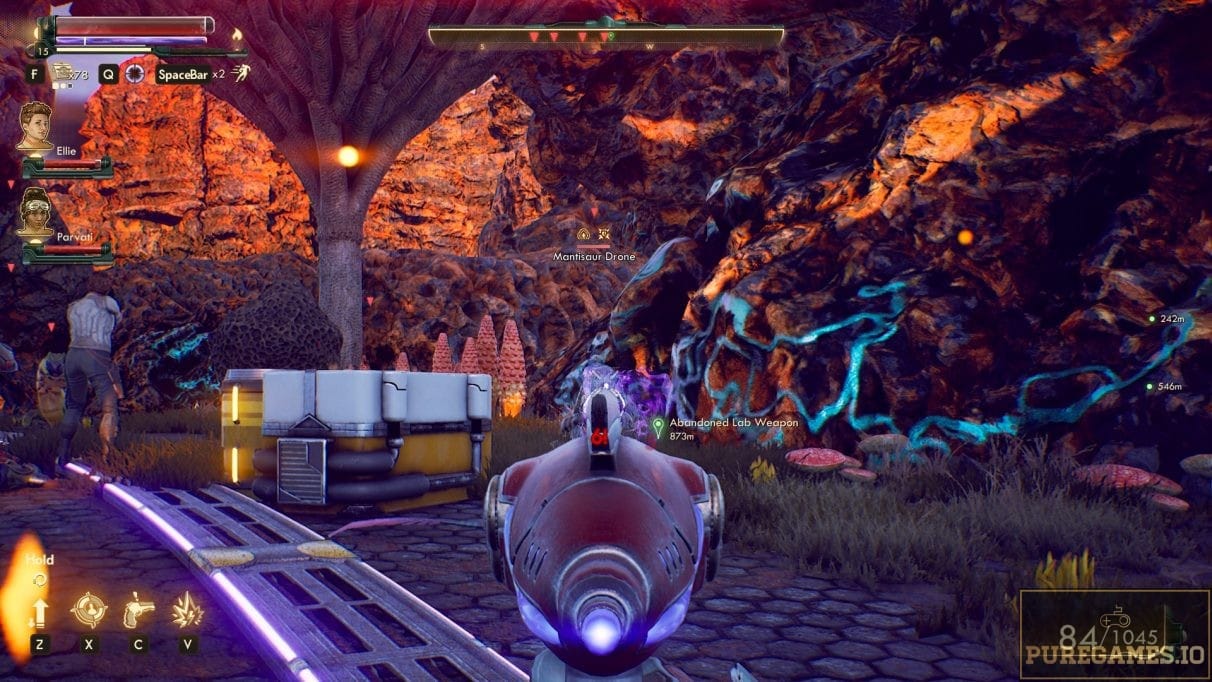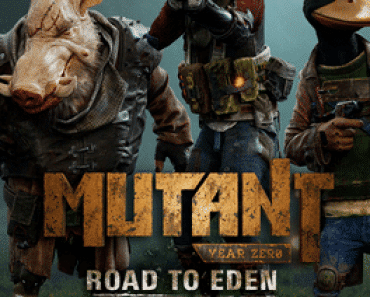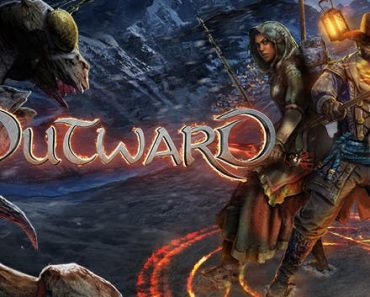Obsidian Entertainment seems to already have a bit of a history with taking other developer’s IPs and putting their own story-focused spin on it, often to critical acclaim. Fallout: New Vegas is one of the more famous examples of this practice, and will often be compared to their latest title: The Outer Worlds.
Outer Worlds is a whacky FPS/RPG hybrid set in an original setting of a hyper-capitalist future where humanity has taken to the stars. From the get-go, it sets out to be Obsidian’s answer to Bethesda’s recent Fallout 76 debacle – and its antithesis. It is an old-school, single-player, story-focused title with not a hint of controversial monetization types such as microtransactions and overpriced DLC – and for that, considering the current market landscape, it immediately deserves to be commended.
Story
As previously mentioned, The Outer Worlds heavily focuses on its storytelling. This is at first expressed through expert worldbuilding: the writers were seemingly very aware of how important it is to grab the attention of players entering a setting for the first time. Delving further into the game, it is made clear that emphasis was put on player choice and how it affects the world. Entire sections of the game will vary greatly based on previously made choices, ensuring no two playthroughs will be quite the same.

The dialogue and general presentation tend to be humorous and light-hearted, with some hilarious banter to break up the action that most of the gameplay consists of. There are some more serious moments – but the transition can be jading at times, causing the latter to fall a bit flat.
Gameplay
If you perhaps thought all the comparisons to Fallout were a bit unfair, this aspect of the game makes it clear why they are so common and deserved. While the first-person view of shooting and stabbing is how the player interacts with The Outer Worlds, it is still an RPG at heart, offering a wide array of different skills and perks for you to fit your playstyle.
This does, sadly, leave the FPS parts somewhat lackluster. As such, the core gameplay ends up playing second fiddle to the story it’s supposed to present.

Combat
The combat starts out decently but ends up losing more and more of its initial vision. The guns and weapons all tend to feel the same, making for mediocre gunplay at best. The time dilation, or bullet time, is also a bit of a letdown because it doesn’t last nearly long enough to have a notable impact.
The worst of it, however, is the AI. While not appalling, it’s just bad enough to stick out as a sore point when compared to the production quality of the rest of the game.

Graphics
High graphical fidelity is par for the course for a title of this size and budget, so I’ll keep it brief: The Outer Worlds has a clear visual identity and sticks to it quite well. While by no means a flagship in graphics technology, it looks and feels as well as it should.

The Verdict
To a lot of fans of Fallout 3 and New Vegas, Obsidian’s newest title was a beacon of hope as a worthy successor. And on that front, it delivered. If you don’t mind conversations that last longer than the fights and have an itch for futuristic RPGs, this is the game for you.







